| | How wonderful this mild weather’s become! I’ve barely gotten used to low-80-degree days and low-60-degree evenings. And the garden tells me it loves the change too – lusher foliage, blossoms setting, new shoots in branches burnt by that torrid heat. Life begins again! Time to start trimming the dead stuff Now you can begin trimming away those fried leaves. But, trim only the obviously-dead stuff. Trim little by little down a branch until you see some green within the branch. At that point, trim down only to just above the next node, leaving less than one-quarter of an inch of stub. The node will be the place that regenerates new leaves or branches. Sow another batch of squash, cucumbers, beans Prepare new spaces in your soil for another batch of veggies that’ll mature within 2 months to continue the fresh harvests through the beginning of cooler weather. I’m eating my third batch of these veggies, and will plant another batch tonight. By the time that the current plants finish bearing fruit, the newly-sown batch will begin setting theirs. So, through this summer, I’ve kept harvesting tender veggies at just the perfect moment that I prefer, moving from one planting to the next without having to endure gaps in production, too-ripe ones, or too many at any one time. Tomatoes are beginning to set blossoms and fruit again Blossoming stops when air temperatures rise above 95 degrees, so of course we got no blooms or fruit-set during that early-July heat onslaught. After air temperatures stayed below 85-90 for a couple of weeks, plants began setting blossoms again. A couple of those fruits are ripening up now, with more coming throughout the next month. Finally, fresh tomatoes again! Of course, that extensive heat was too much for some plants. My two Paul Robesons, which had borne 42 huge, delicious, brownish-reddish-purplish fruits between June 28 and July 26, were completely done in. Wonderfully flavorful and productive that I’ll grow again! My four Celebrities, which have borne 40 fruits between 6/28 and 8/21, now have another dozen or so green or ripening fruits on each plant. Definitely a wonderful producer of tasty, mid-to-large-size fruits that I’ll continue on my “always plant” list. In total so far, I’ve harvested 148 fruits. Surprisingly, both Sungold and Isis Candy haven’t been big producers this year. Their plants have been sturdy, so maybe I gave them each a couple of handfuls too many of fertilizer, and the nitrogen created hefty plants but not enough of the phosphorus and potassium to result in fruits. Saving seeds? Be sure to let seed stalks dry completely, until they’re crispy. If they can bend at all, and don’t snap off immediately, they’re not dry enough. You want to make sure that seeds are thoroughly mature so they’ll germinate well and produce strong new plants. If you’re concerned that seed pods will split open and scatter their seed before you harvest it, tie a paper – not plastic – bag over the seed head and then let the plant continue to dry out. This can be tricky if the plant has a long blooming, reblooming, and setting-seed period, when there’s both blossoms, green seeds, and dry seeds on the plant. |
|
1 Comment
|
Categories |

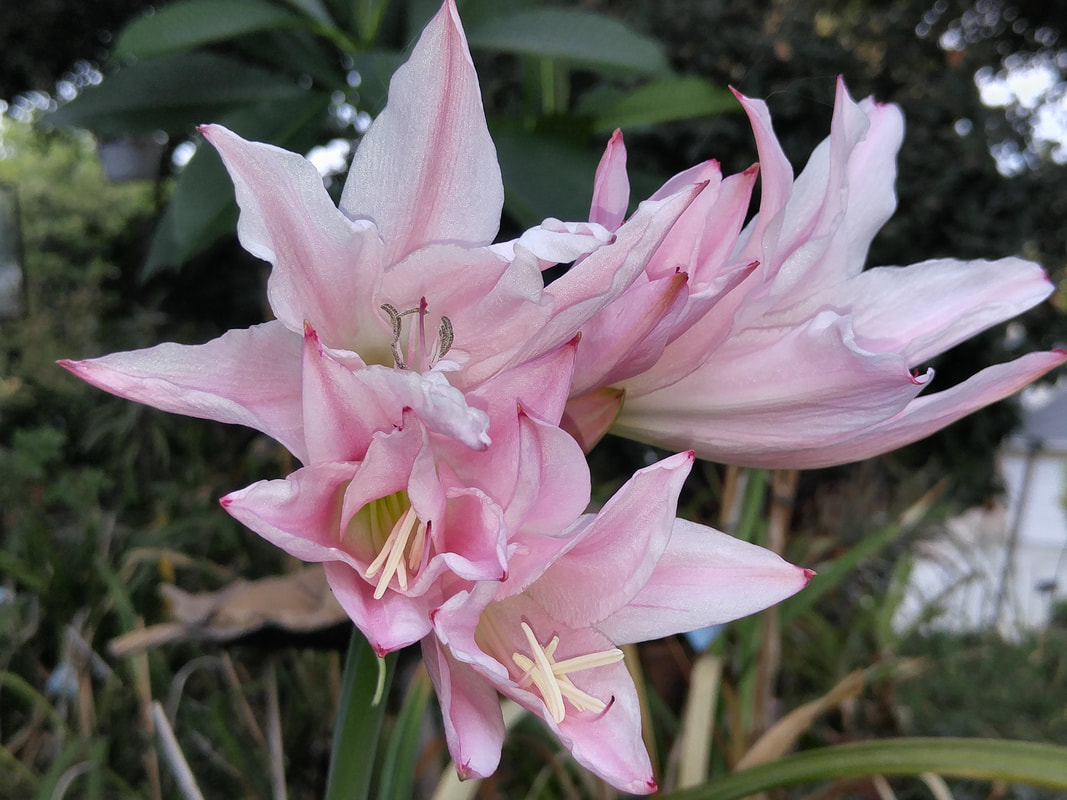
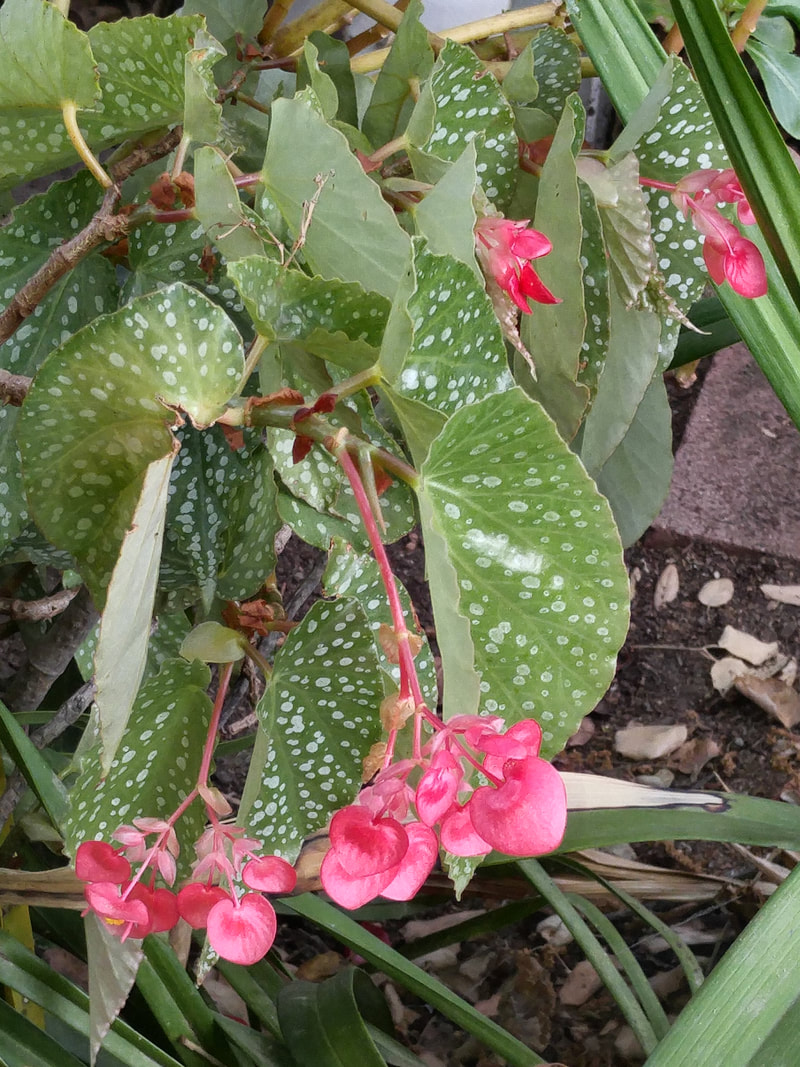
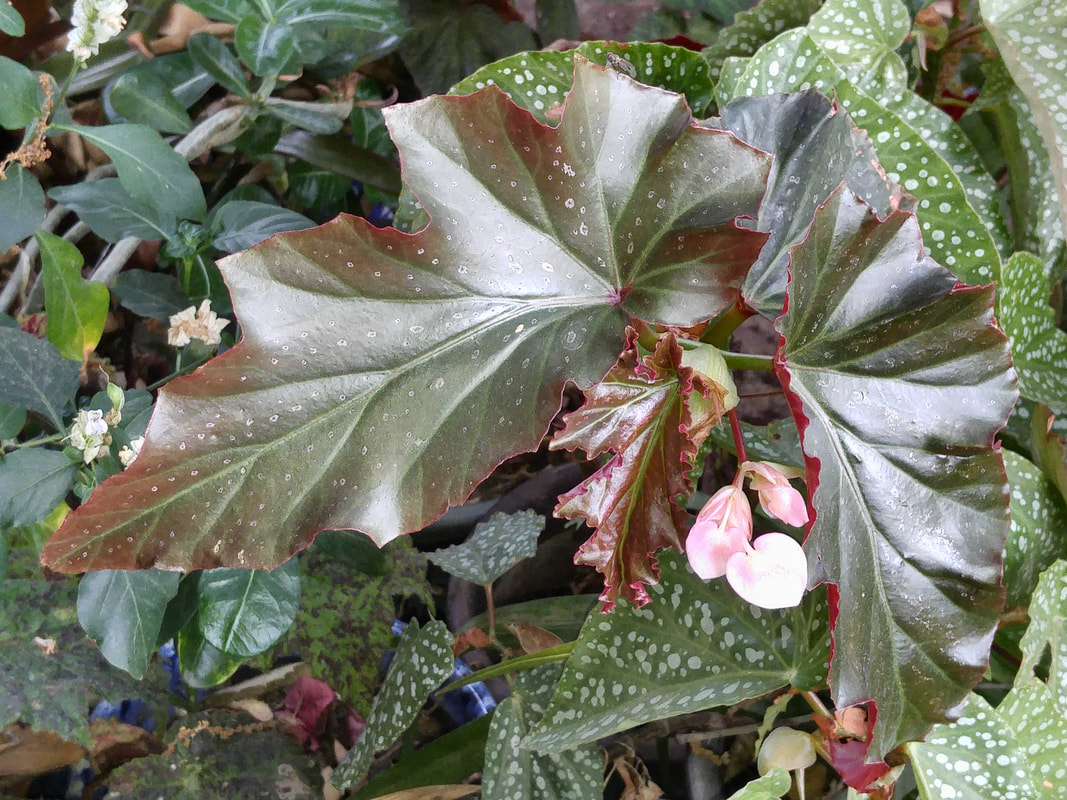
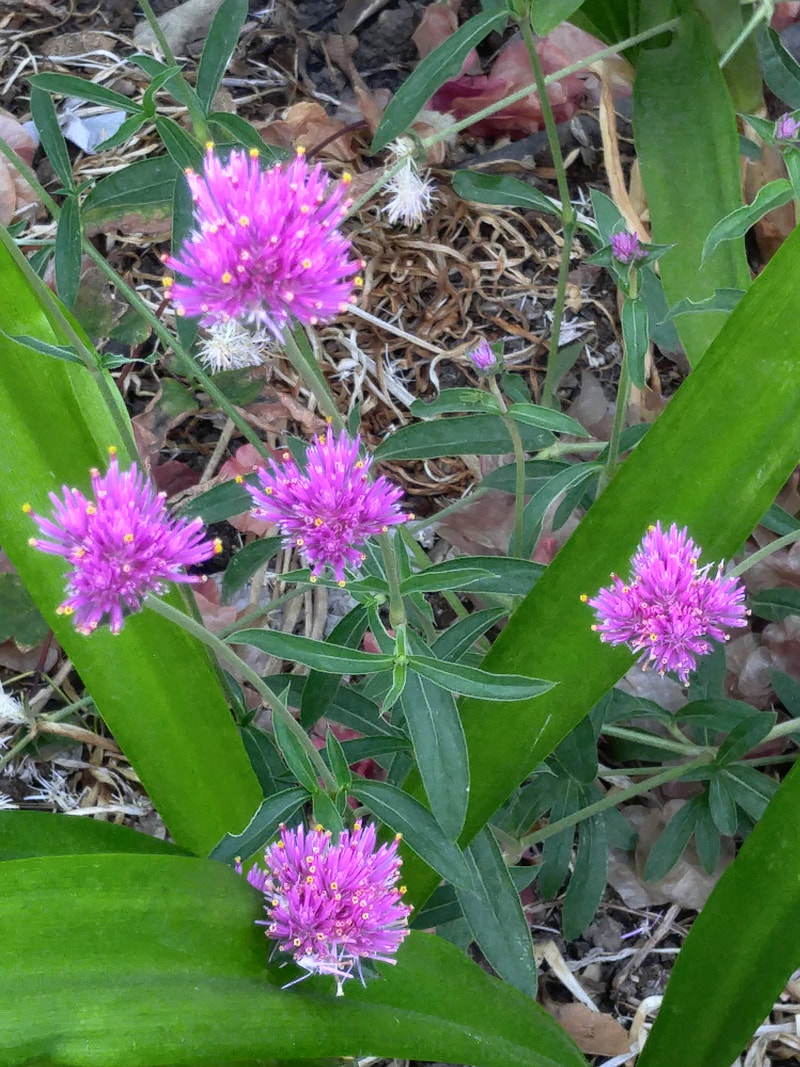
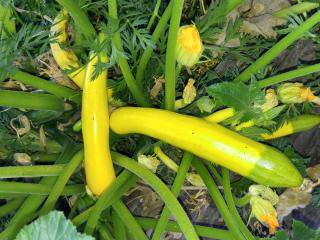
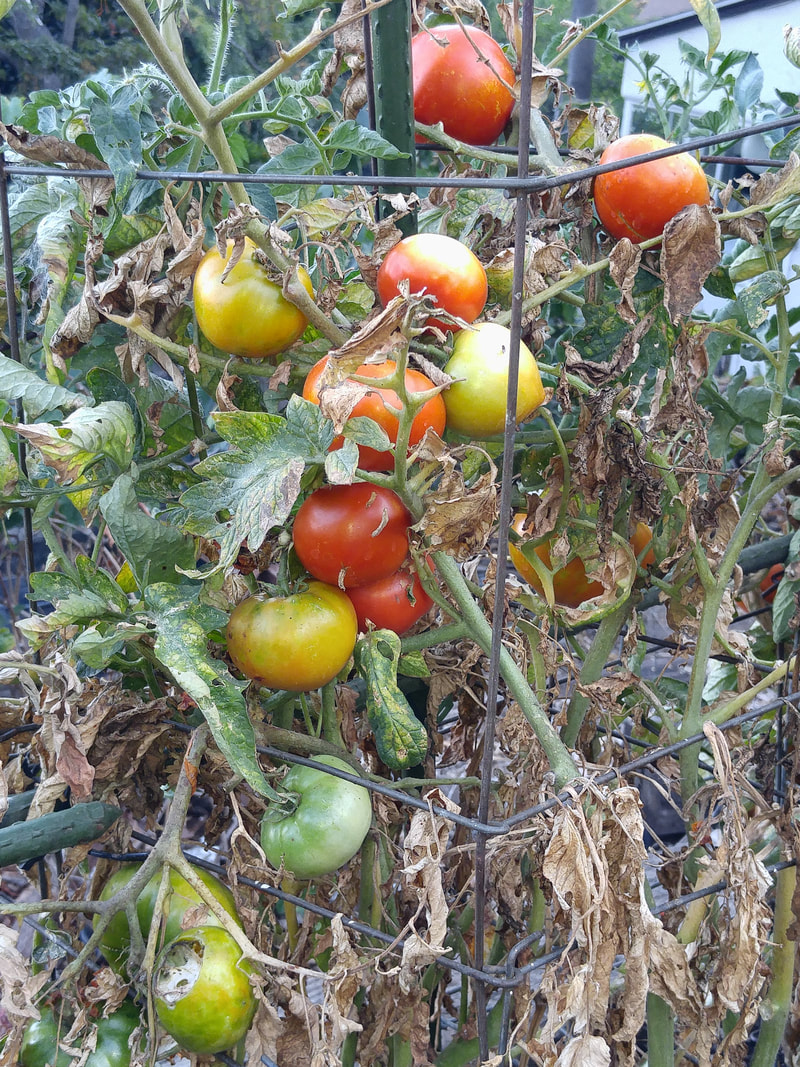
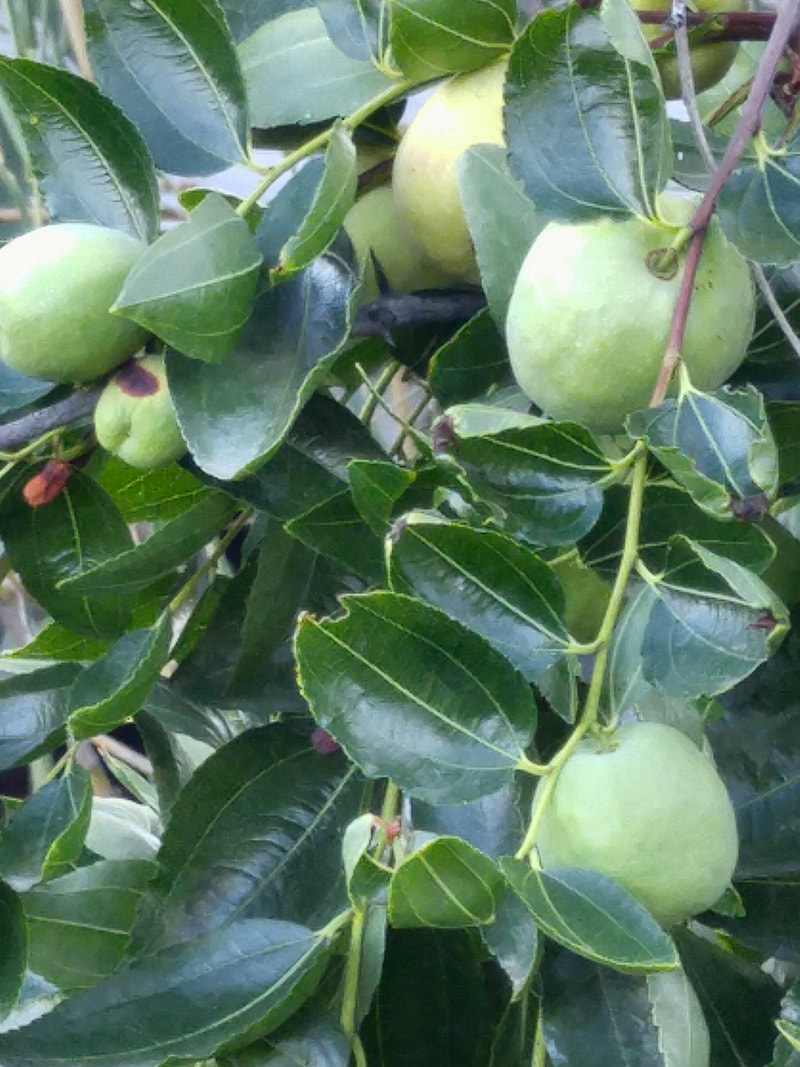
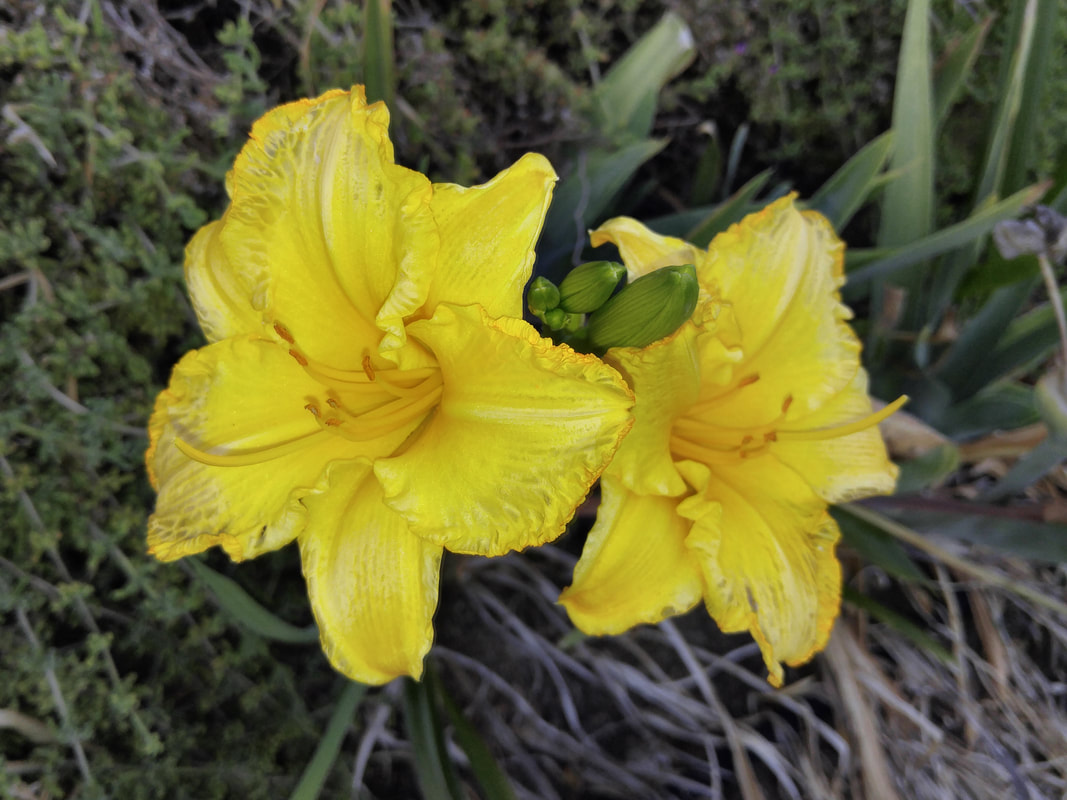
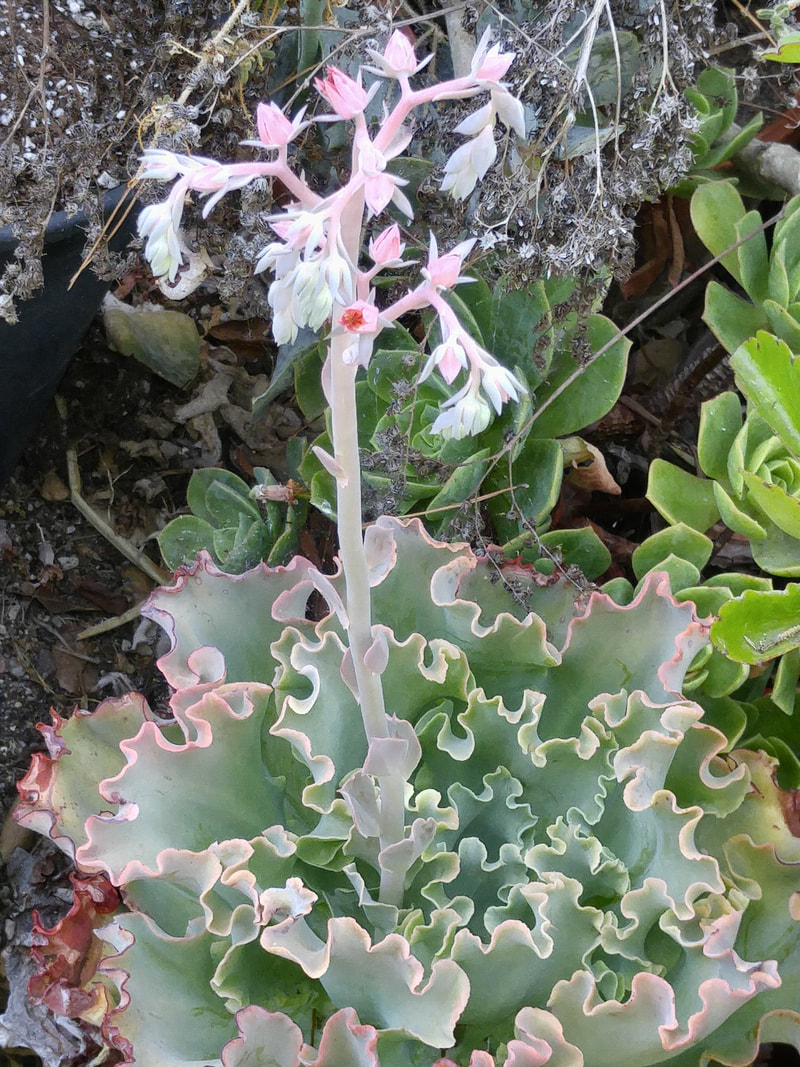
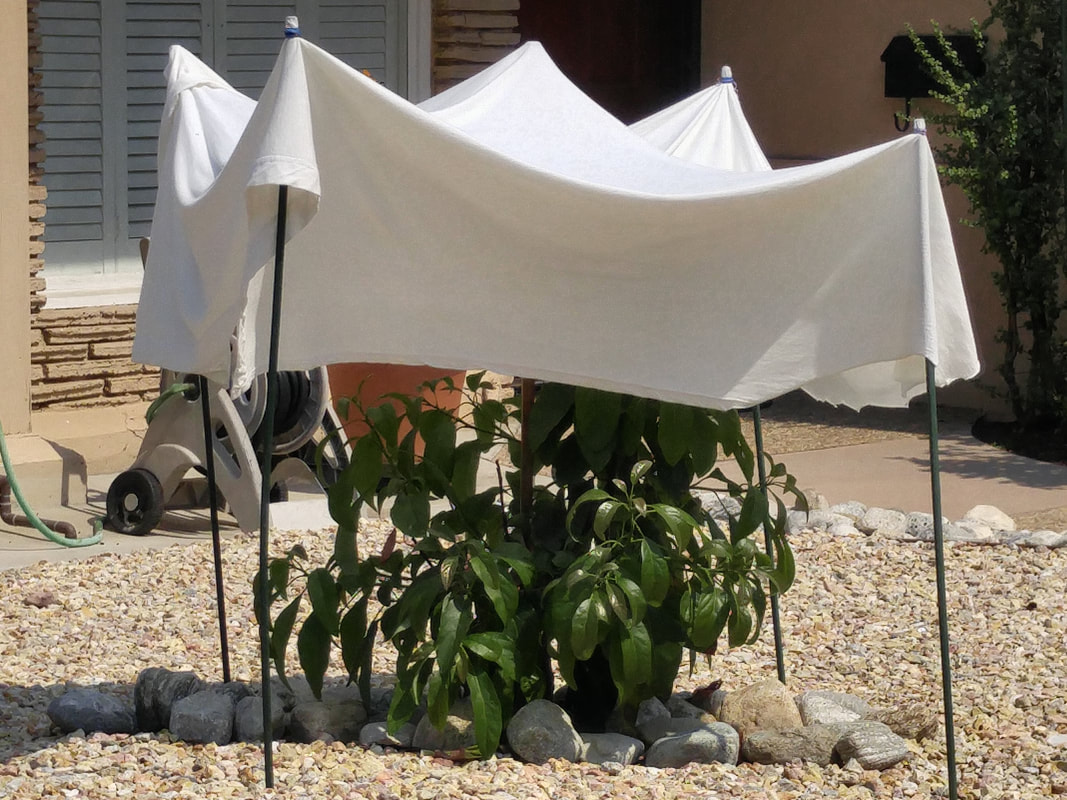
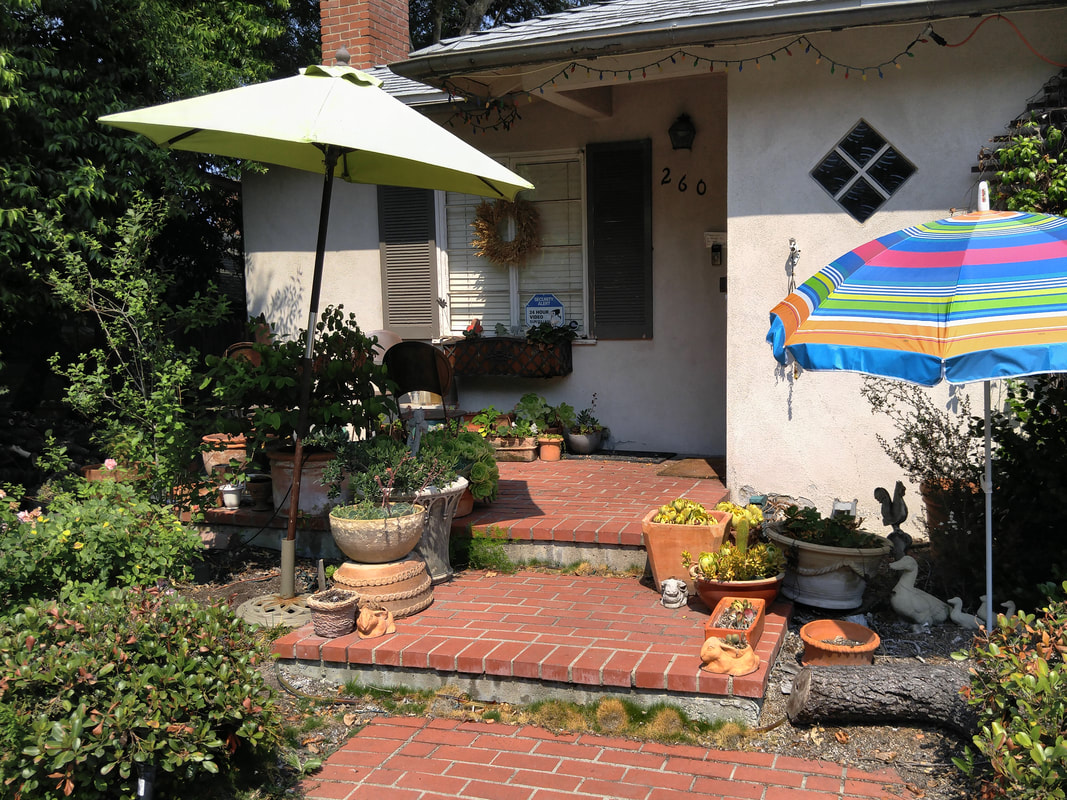
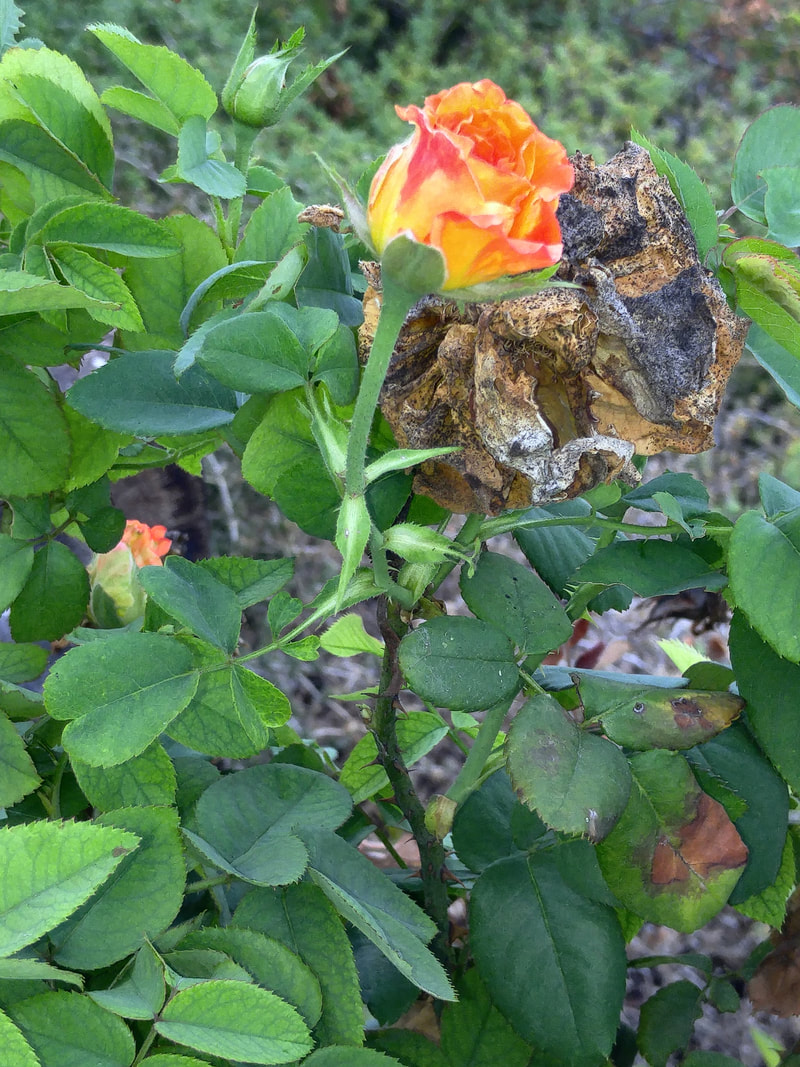
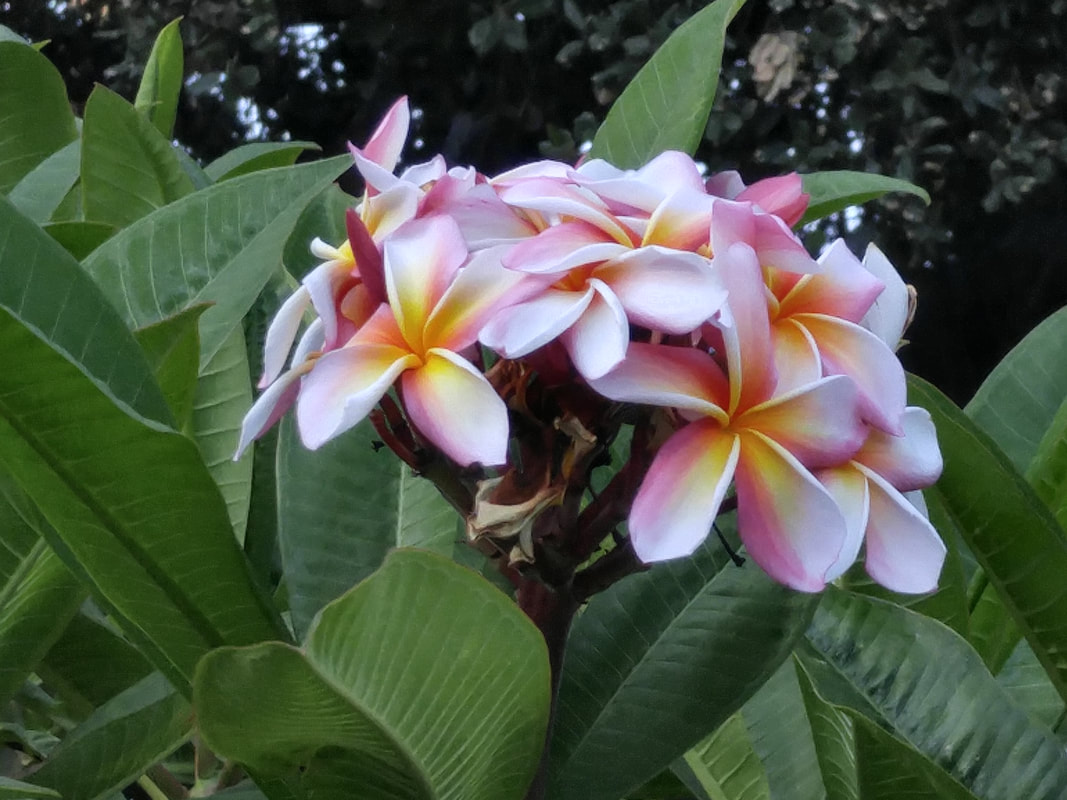
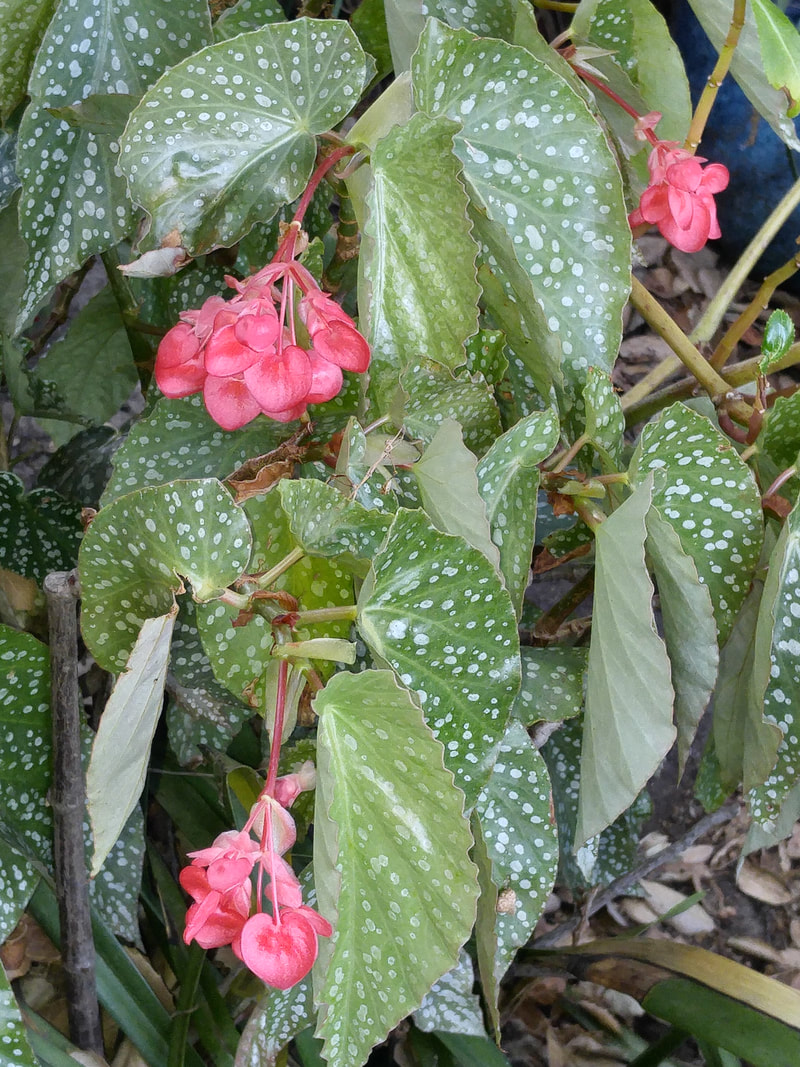
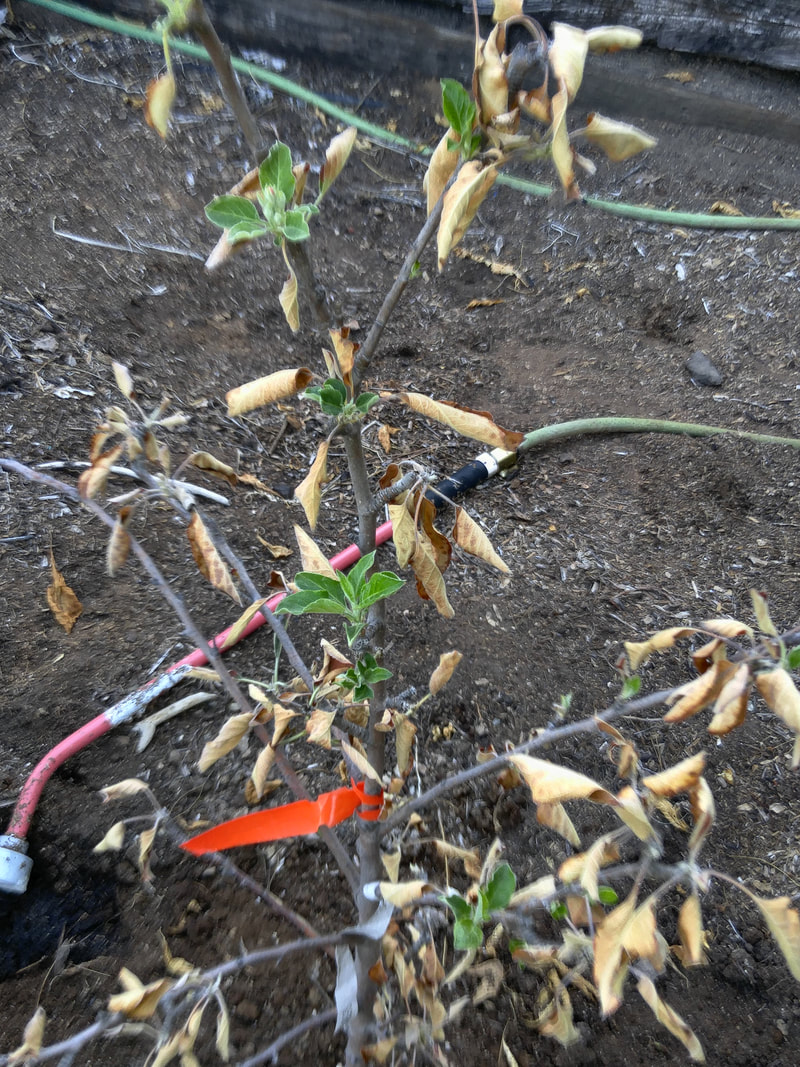
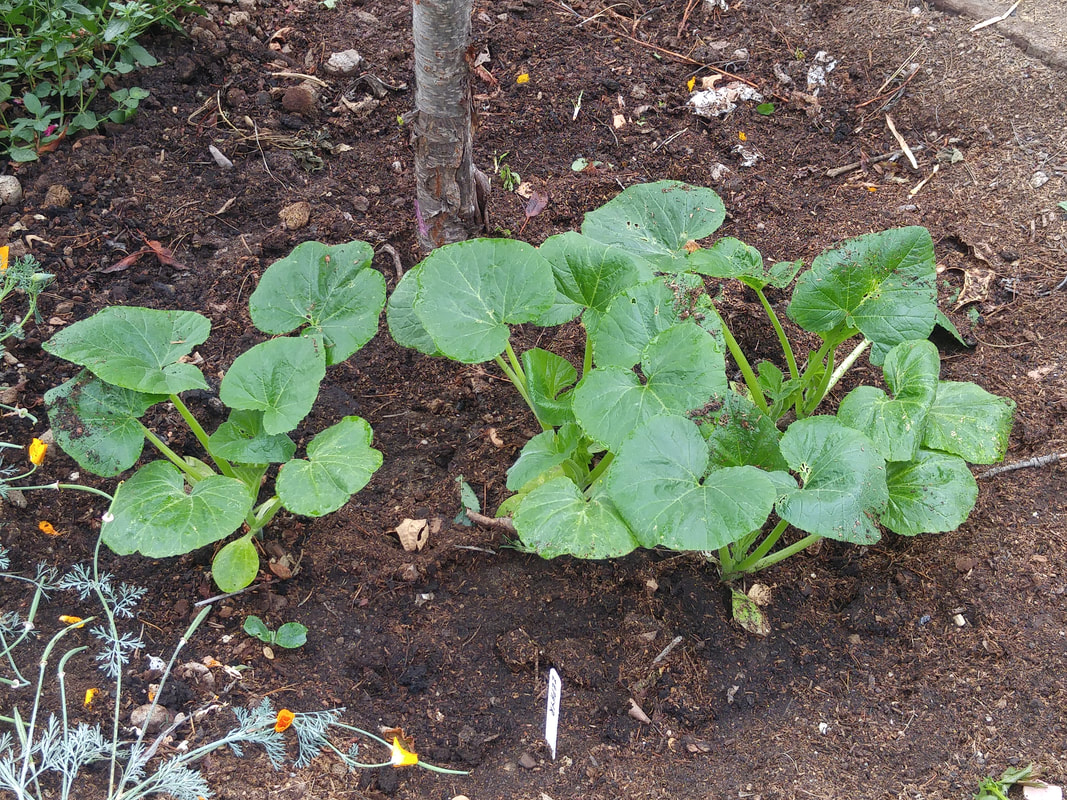
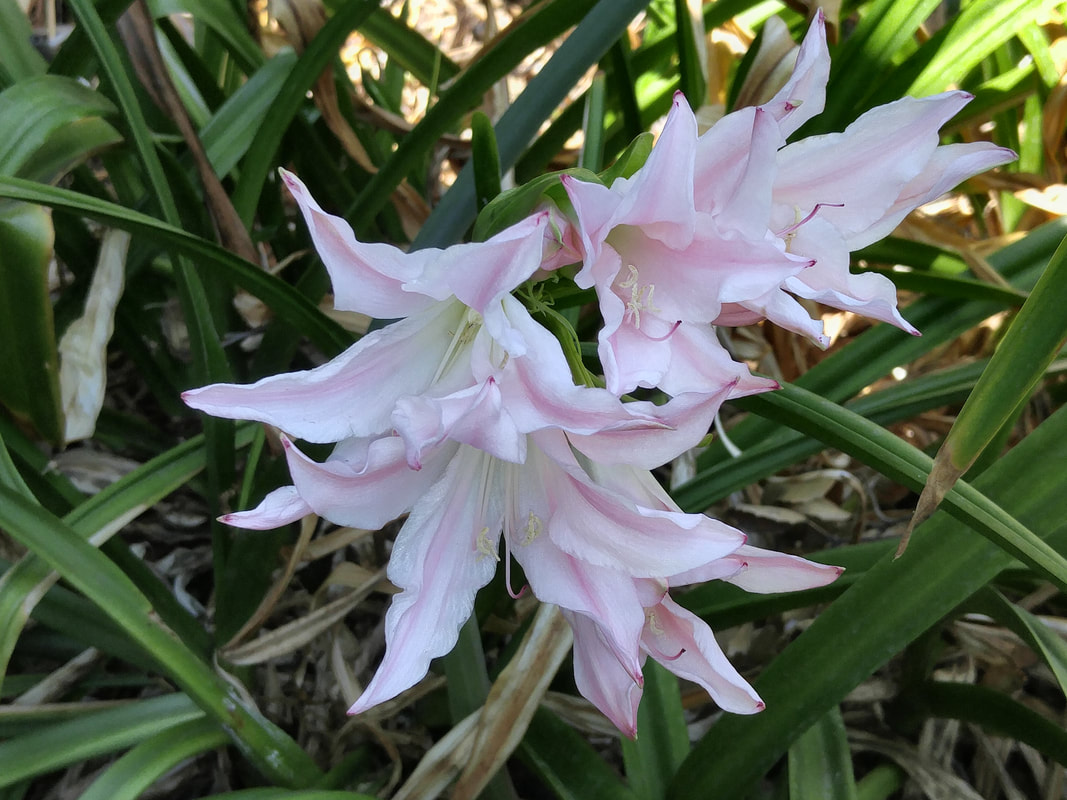
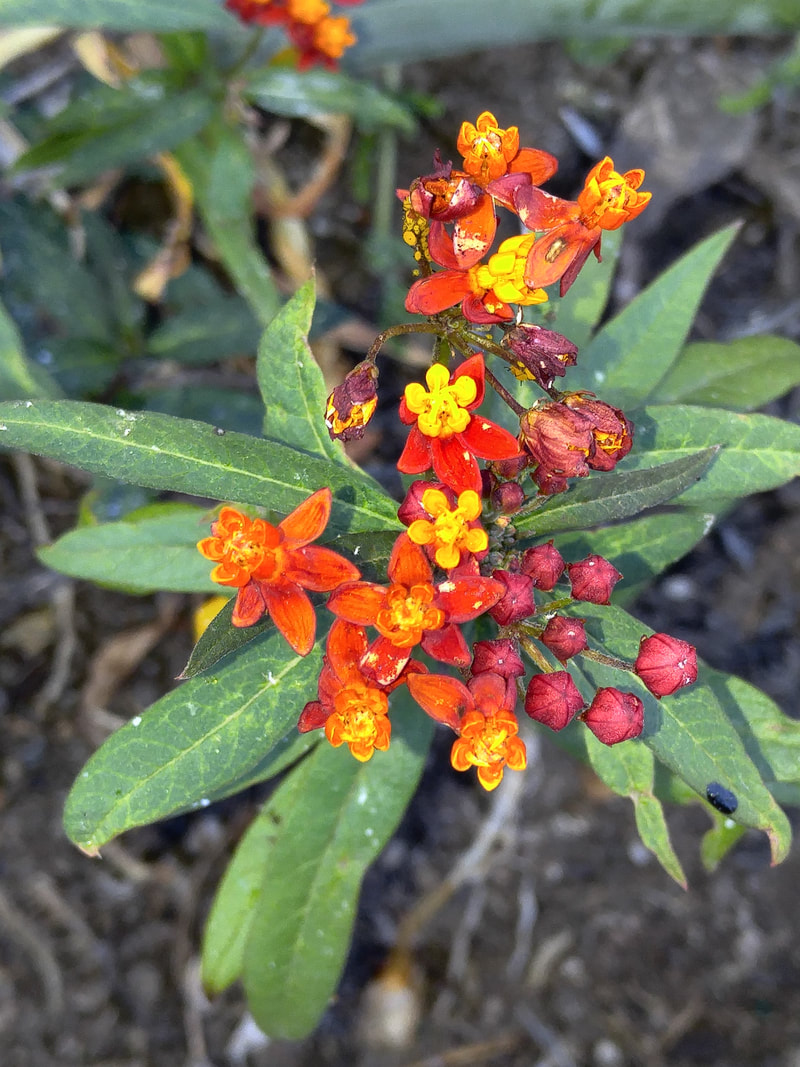
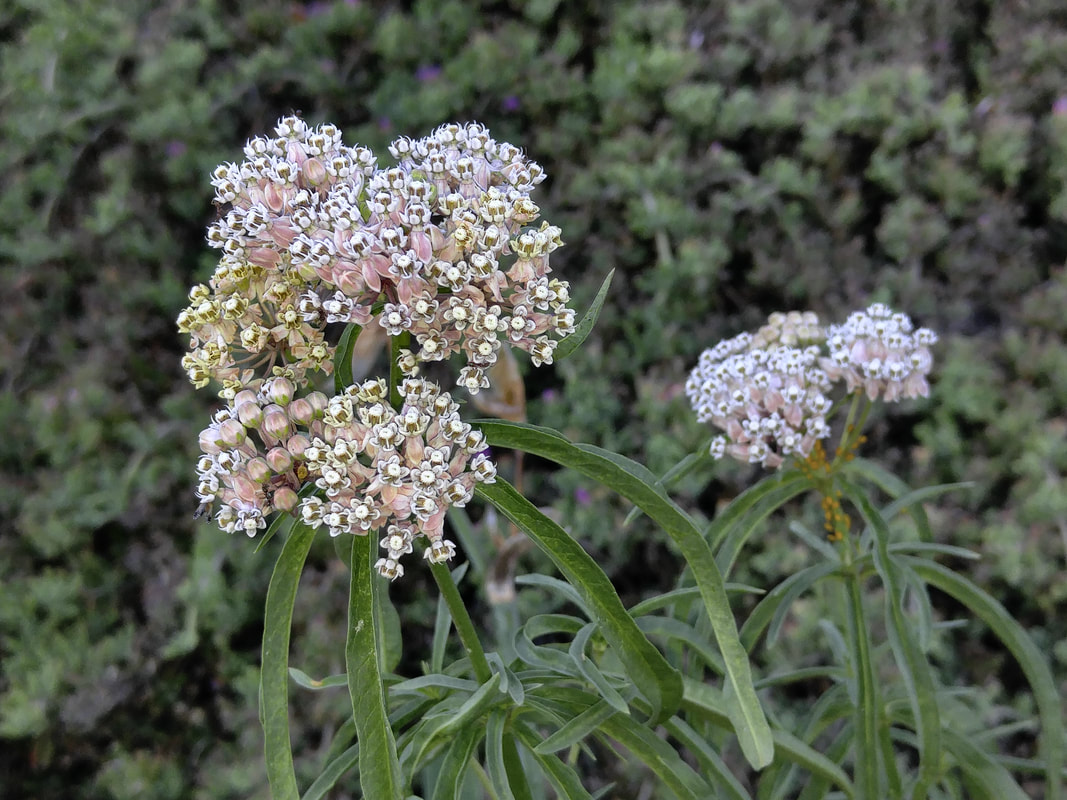
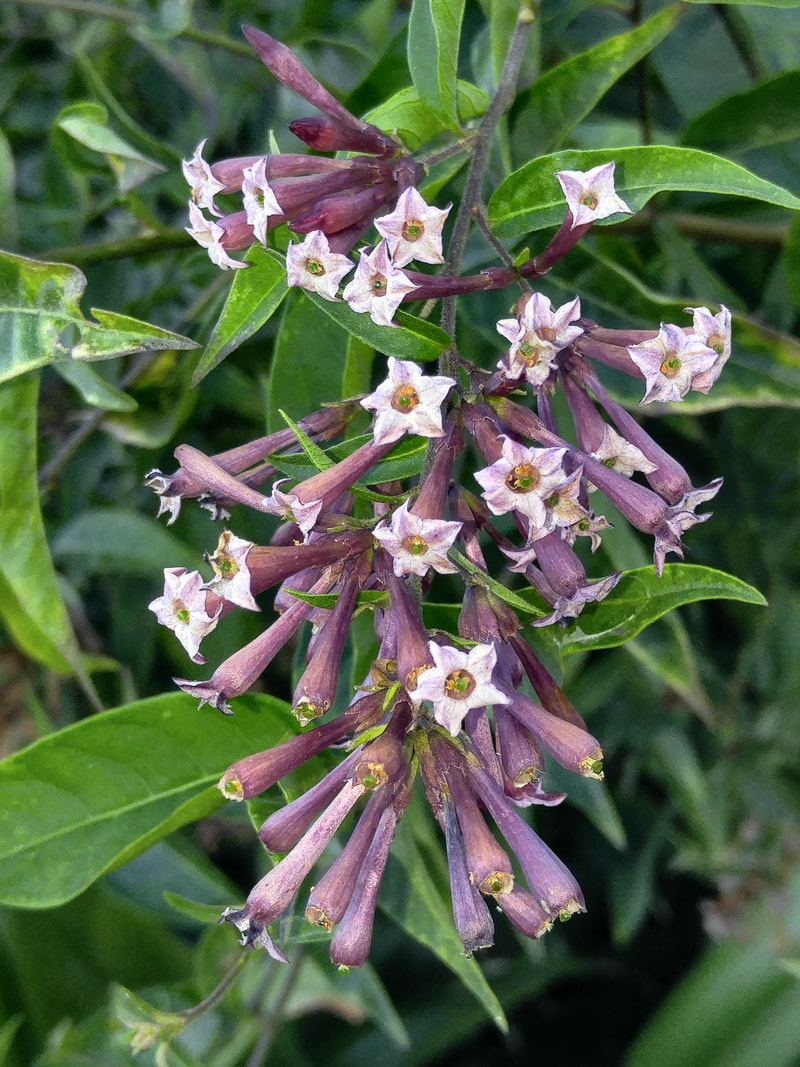
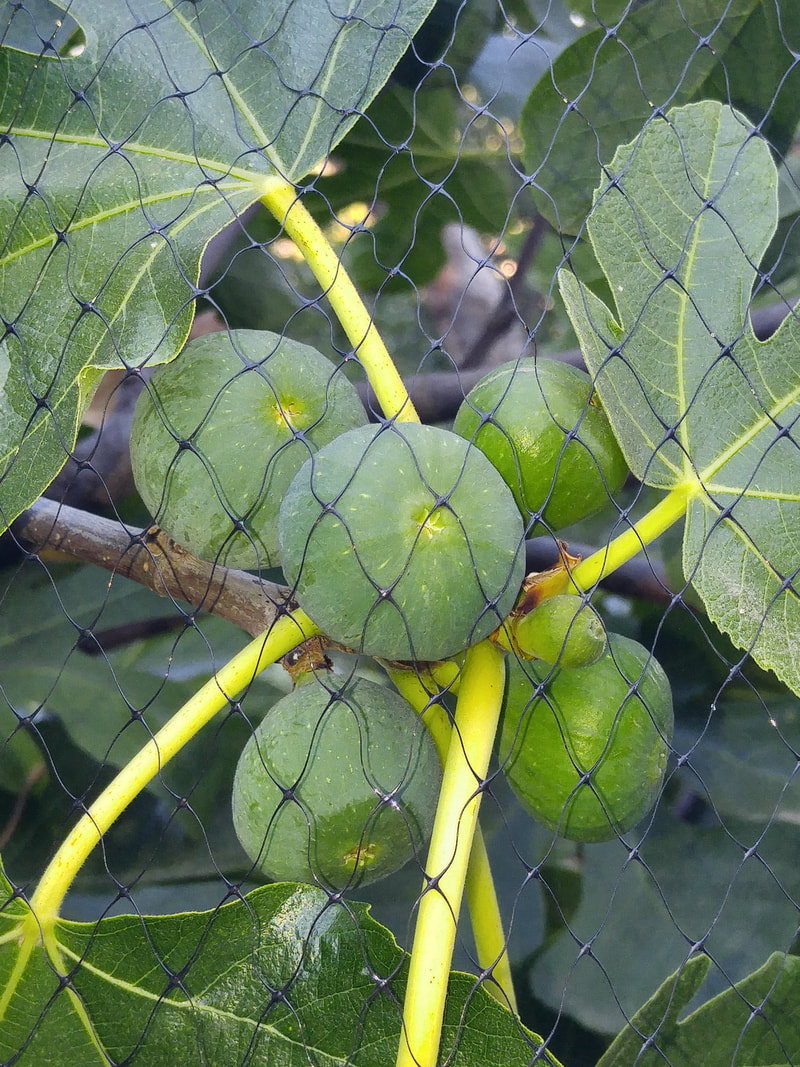
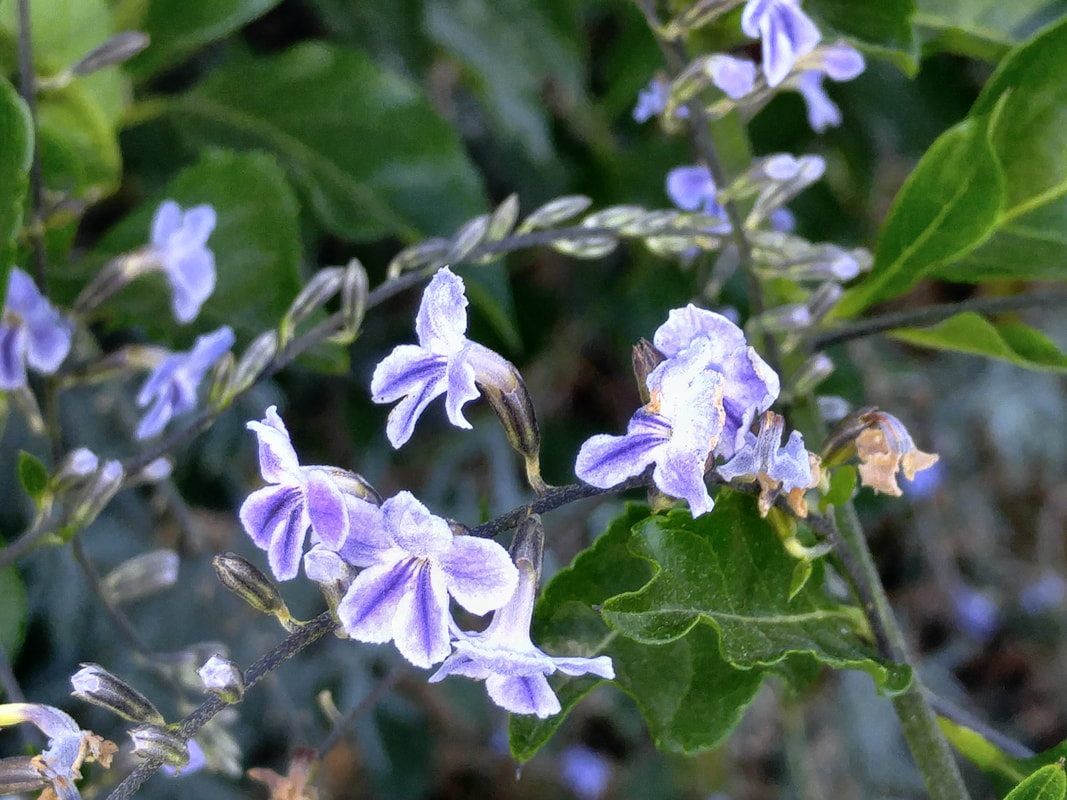
 RSS Feed
RSS Feed